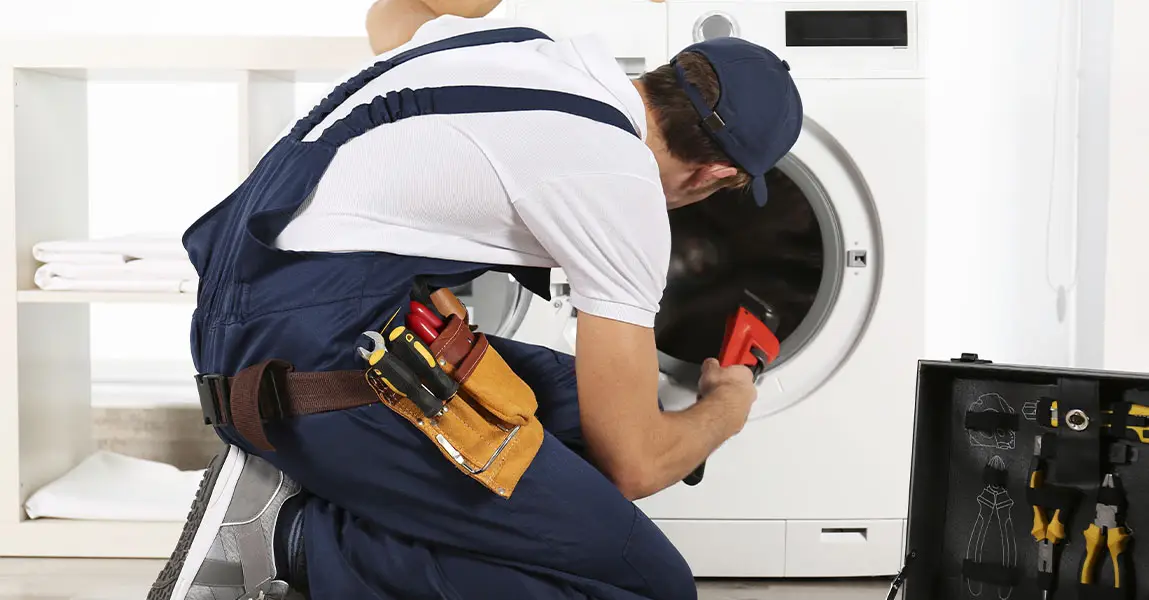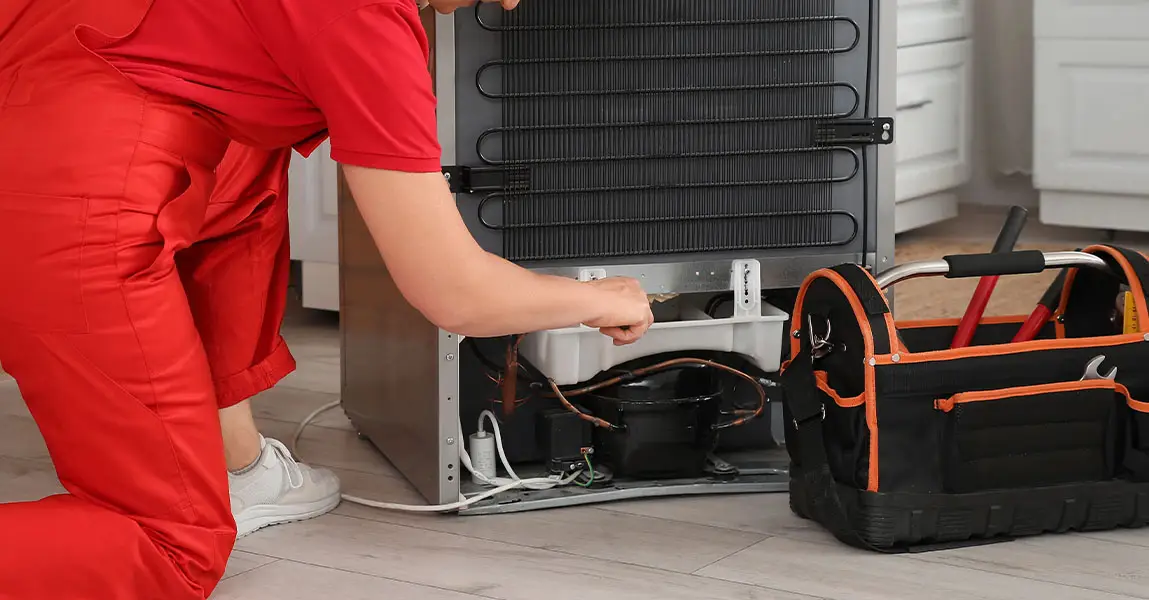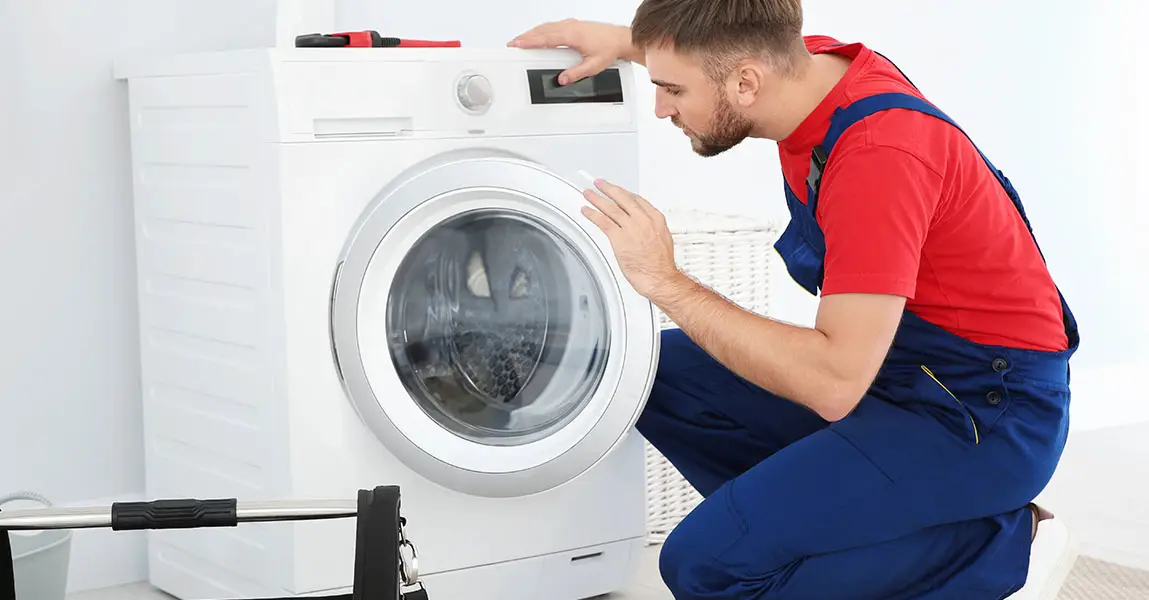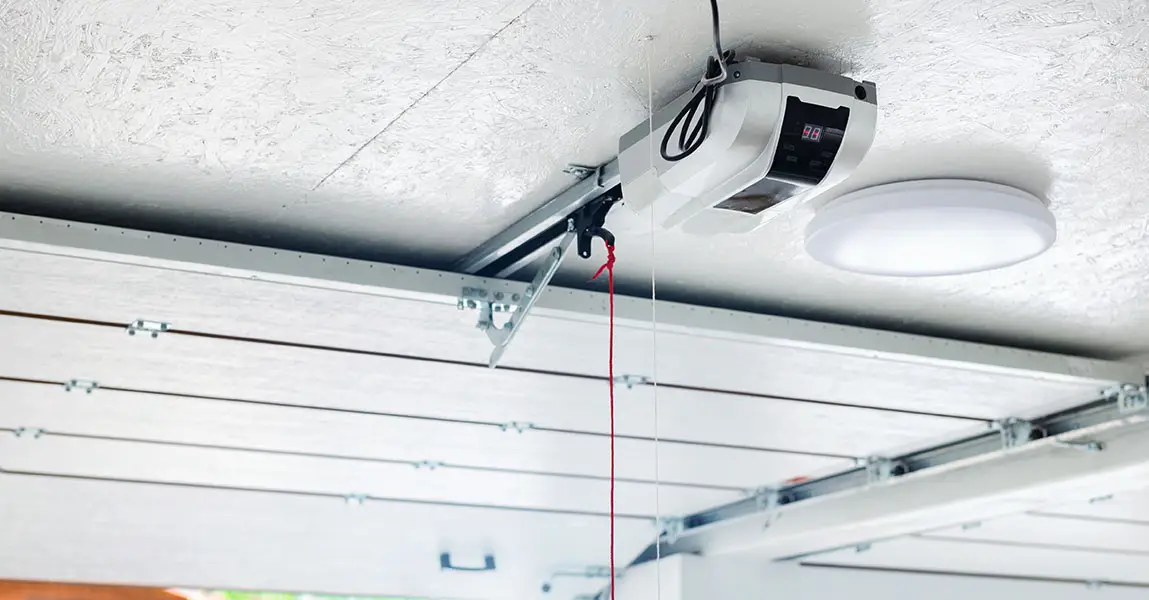When an appliance stops working, it’s tempting to look for the quickest fix. But the methods used during a repair matter far more than many realize. The quality of each step determines how long the appliance will continue to serve the home. At JAY Appliances, we’ve seen how a well-done repair not only restores function but also extends the lifespan of the entire unit.
Why Proper Repair Methods Matter
Every appliance has a balance between mechanical, electrical, and digital components. When one fails, the others often carry extra strain. Using correct techniques during a repair keeps that balance intact. A poorly tightened seal or incorrect wire connection might not cause immediate issues but can quietly wear down other parts over time.
We treat every repair as a way to restore both function and stability. Proper alignment, calibration, and testing reduce the stress on motors, sensors, and circuits. This approach means fewer breakdowns later and consistent performance across daily use. A short-term fix may save a few minutes, but correct methods save months or even years of use.
How Diagnosis Shapes Longevity
The repair process begins long before the first screw is turned. Accurate diagnosis is the foundation of a lasting solution. Many appliance issues show similar symptoms—such as noise, leaks, or temperature swings—but stem from entirely different causes. Fixing the symptom without finding the source creates recurring failures.
We rely on systematic testing rather than guesswork. Voltage checks, sensor readings, and thermal scans reveal what’s happening inside. When the right problem is identified early, unnecessary replacements are avoided, and the appliance keeps its original parts longer. This care helps maintain performance while reducing waste and cost.
For those looking to understand how long-term reliability starts from the first repair, learning about appliance repair in St Albert can provide insight into local standards of professional maintenance.
The Role of Precision in Mechanical Repairs
Mechanical parts like belts, pulleys, and hinges often suffer from small misalignments that cause large wear over time. Precision in these areas defines how smoothly an appliance runs after a repair. Even a slight tension imbalance in a washer belt or a loose door hinge on a fridge can shorten its working life.
We make sure moving parts are reassembled according to factory specifications. This prevents unnecessary vibration, uneven load distribution, and premature motor strain. For example, in dryers and dishwashers, correct drum and rack positioning avoids stress on heating elements and pumps. Over time, precision maintenance adds years to equipment life without the need for major overhauls.
Electrical and Sensor Integrity
Today’s appliances rely heavily on sensors and circuit boards. A misstep in handling or rewiring these systems can damage delicate connections or disrupt feedback loops. Proper repair techniques always include static protection, secure grounding, and correct wire routing. These small habits protect circuit health.
We also ensure every repaired appliance undergoes a full safety test before completion. This includes voltage stability, load balance, and grounding checks. Such attention not only extends the appliance’s life but also prevents hazards like short circuits or overheating. Homeowners often overlook these invisible details, yet they make all the difference between temporary success and lasting reliability.
Cleaning and Calibration After Repair
Repairing an appliance doesn’t end once it starts running again. The cleaning and calibration process afterward ensures smooth performance. Residue, dust, or buildup around sensors and fans restrict airflow and cause overheating. After each repair, we clean every reachable component and lubricate moving parts where appropriate.
Calibration follows cleaning. Temperature sensors, control knobs, and motor speeds are tested against standard readings. If a refrigerator’s thermostat is slightly off, it runs longer cycles and wears down faster. Calibration aligns its functions, keeping the workload balanced. When this step is skipped, small inaccuracies quietly shorten the lifespan of multiple components.
Using the Right Replacement Parts
One of the most overlooked aspects of longevity is the quality of replacement parts. Generic parts may fit, but they often lack the correct material composition or tolerance. For example, using an off-brand gasket can lead to air leaks, forcing compressors or heating elements to overwork.
We always use parts that match manufacturer specifications in resistance, voltage, and fit. While this might cost slightly more upfront, it prevents repeated breakdowns and unnecessary strain on the system. Over time, this approach saves energy, reduces repair frequency, and keeps appliances running close to their original efficiency.
The Impact of Professional Standards
Proper repair methods depend on training, equipment, and continuous learning. Modern appliances evolve fast, with advanced control systems and energy-efficient technologies. Staying updated ensures technicians apply the most effective techniques rather than outdated habits.
Our technicians focus on detail and procedure. We use diagnostic tools designed for each appliance type, whether it’s a convection oven, smart fridge, or induction cooktop. Following proper repair protocols builds trust with homeowners, but it also extends the natural lifespan of every appliance we touch. That’s because the most durable repairs come from understanding the full system, not just the broken piece.
The Connection Between Repairs and Preventive Maintenance
A properly executed repair doesn’t just solve one issue; it prepares the appliance for future stability. For example, fixing a leaking dishwasher hose also allows a check of the nearby pump, filters, and seals. Preventive actions taken during a repair often prevent secondary failures later.
We always use repair visits as opportunities to spot early warning signs. Loose screws, frayed cords, or worn insulation are addressed before they become costly problems. This habit of attention builds longevity into every visit. It also helps homeowners save time and money over the years while maintaining reliable kitchen and laundry performance.
How Environment and Usage Affect Repair Results
Even with perfect techniques, an appliance’s surroundings matter. Temperature, humidity, and ventilation influence how long the internal parts last. For example, a dryer placed in a tight corner accumulates more heat, straining its motor. Similarly, refrigerators in warm areas work harder than those in cooler, ventilated spaces.
We always remind homeowners that placement and daily habits play a role in extending life after a repair. Keeping condenser coils clean, ensuring proper airflow, and avoiding overloading machines all contribute to steady operation. Repair quality and environment go hand in hand. When both are managed well, the results are lasting.
When to Seek Professional Help
DIY repair videos can make appliance service look simple. However, most long-term failures occur when quick fixes skip essential safety or calibration steps. Professional repair ensures the job is done with precision tools, tested methods, and proper diagnostics.
Appliances today have integrated electronics that react differently than older models. A miswired control board or damaged sensor can turn a minor issue into a major failure. Knowing when to call an expert is part of good appliance care. For those ready to take that step, it’s easy to contact us and schedule reliable service when needed.
The Hidden Costs of Improper Repairs
An appliance that seems fixed might still hide small issues caused by improper repair methods. Unbalanced washer drums, uncalibrated ovens, or incorrectly sealed refrigerator doors all cause gradual wear. These problems shorten service life and raise energy use.
We often see appliances fail early not because of age, but because an earlier repair was rushed. A skipped test or mismatched part can add silent stress that builds over time. Addressing the root cause correctly the first time reduces these risks and ensures consistent operation for years.
Building Habits That Support Longevity
Once a repair restores the appliance, ongoing habits matter. Simple routines like checking filters monthly, cleaning lint traps, and avoiding overloads protect components from unnecessary strain. Homeowners can also track unusual noises or smells and act early before small problems escalate.
We always encourage regular maintenance schedules. Even quick inspections can reveal loose parts, buildup, or early signs of malfunction. When homeowners pair responsible use with professional-quality repair, appliances often exceed their expected lifespan. Reliable performance becomes the result of combined effort between technician and user.
Frequently Asked Questions
1. How often should appliances be checked after a repair?
A follow-up every six to twelve months is ideal. It helps catch minor issues early and keeps the repaired system running smoothly.
2. Can poor repairs void an appliance warranty?
Yes. Many manufacturers require repairs to follow approved procedures. Incorrect techniques or unauthorized parts can cancel coverage.
3. What signs show a repair was done improperly?
Strange noises, leaks, or uneven performance soon after service often suggest improper calibration, alignment, or part installation.
4. Is it worth repairing older appliances?
If the unit is well-built and replacement parts are available, yes. A professional evaluation can determine if repair will extend its life cost-effectively.
5. What can homeowners do to keep appliances running longer?
Regular cleaning, avoiding overloads, and prompt repairs for small issues are key. Consistent attention helps prevent major breakdowns.











